The quest to break the 4-minute mile carried a special mystique. The numbers were easy for the public to grasp: 1 mile, 4 laps, 4 minutes. “There was no logic in my mind that if you can run a mile in 4 minutes, 1 and 2/5ths, you can’t run it in 3:59,” said Bannister. “I knew enough medicine and physiology to know it wasn’t a physical barrier, but I think it had become a psychological barrier” …
The black-and-white image of Bannister, eyes closed, head back, mouth wide open, straining across the tape at Oxford’s Iffley Road track, endures as a defining snapshot of a transcendent moment in track and field history. Bannister’s time of 3 minutes, 59.4 seconds captured the world’s imagination and buoyed the spirits of Britons still suffering through post-war austerity.
“It’s amazing that more people have climbed Mount Everest than have broken the 4-minute mile,” Bannister said in an interview with The Associated Press in 2012. “There was a feeling of patriotism. Our new queen had been crowned the year before, Everest had been climbed in 1953. Although I tried in 1953, I broke the British record, but not the 4-minute mile, and so everything was ready in 1954.”
Bello l’articolo di Giorgio Cimbrico @FIDAL, più articolato di Giorgio Rondelli rosa online che ha circa lo stesso spazio di Andrea Buongiovanni rosa cartaceo: resta una colonna in diretta a RLQ e un bel ritratto originale @AP (fonte del copia-incolla): solo in British si apprezza il Challenge e un Method che esce dalla pista.

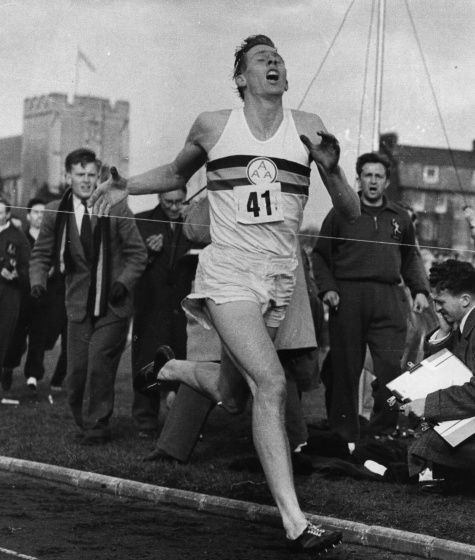
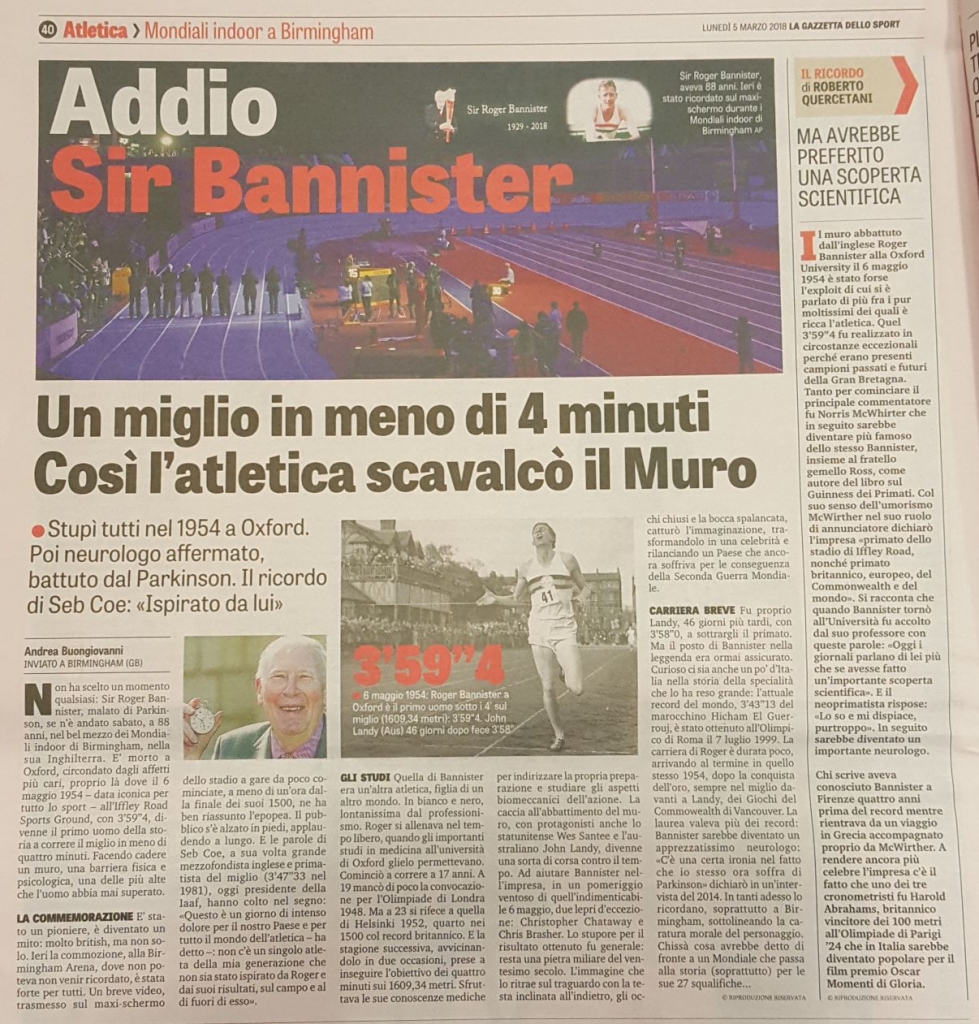
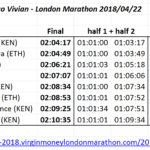
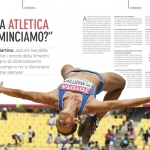

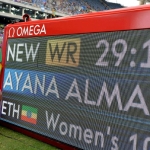
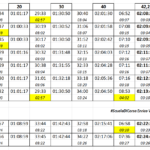

Leave A Comment